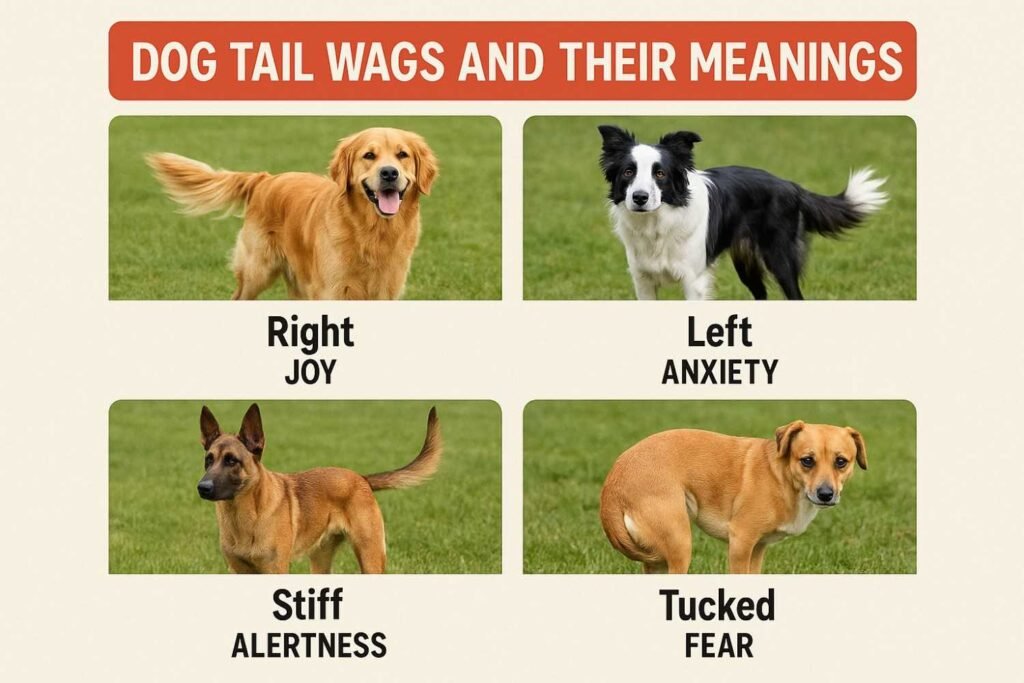
🐶 What Your Dog’s Tail Wag Really Means — Scientists Explain
Think a wagging tail always signals a happy dog? Not so fast. While tail wags often seem joyful, scientists now say they’re part of a rich emotional language your dog uses to communicate.
Table of Contents
ToggleRecent studies have decoded this “tail talk,” revealing that the direction, speed, and pattern of wagging actually reflect a dog’s emotional state — not just excitement.
Let’s explore the hidden meanings behind every tail movement and what they reveal about your dog’s inner world.
🧠 The Science Behind Tail Wagging
A research team at the University of Trento in Italy found that tail wagging direction reflects how dogs process emotions in their brain.
Here’s what they discovered:
- Wagging to the right: Linked to positive emotions, like greeting their owner.
- Wagging to the left: Signals negative emotions, such as anxiety or caution.
This directional behavior is controlled by different brain hemispheres — much like how human emotions are processed on different sides of our brain.
📊 Tail Wag Decoder: What Each Wag Means
| Tail Movement | What It Indicates |
|---|---|
| Fast wag to the right | Joy, affection, owner recognition |
| Slow wag to the left | Mild anxiety, insecurity, caution |
| Tail held high and stiff | Dominance, alertness, on guard |
| Tail tucked under body | Fear, submission, discomfort |
| Broad, full-body wag | Happiness, friendliness, relaxed state |
| Short, quick wagging | Nervous anticipation, mixed emotions |
🧩 Why Pet Parents Should Pay Attention
Misreading a wag can lead to trouble. A leftward wag doesn’t mean your dog is ready to play — it could be anxious or unsure.
By learning this body language, you can:
- Avoid misinterpreting tension as friendliness
- Prevent unexpected dog reactions or bites
- Create a calmer, more trusting relationship
- Help children or visitors interact safely
🔍 Do All Dogs Wag the Same Way?
While all dogs express emotion through wagging, their tail structure can influence how we see it:
- Curly tails (e.g., Pugs) may mask direction
- Docked tails (e.g., Boxers) limit expression
- Long, fluffy tails (e.g., Golden Retrievers) make it more obvious
Still, the emotional brain signals behind tail wagging stay consistent across breeds.
🐾 Real-Life Example:
A stranger rings the bell. Your dog’s tail begins to wag — but to the left, and slowly. Instead of thinking “He’s excited,” realize this is your dog showing uncertainty.
What should you do?
- Don’t rush to open the door
- Let your dog observe from a distance
- Watch for body stiffness or tucked tail
- Offer calm reassurance and space
✅ How to Read It Right
To fully understand your dog’s emotions:
✔ Observe direction – Left isn’t always friendly
✔ Note speed – Faster usually means stronger emotion
✔ Look at posture – Ears, eyes, and stance provide extra clues
✔ Educate others – Teach kids not all wagging means “pet me”
Final Thoughts
A wagging tail is more than a happy signal — it’s emotional Morse code. Thanks to science, we now know how to interpret this fascinating behavior.
So next time your dog wags their tail, watch closely. You might discover a whole new level of connection with your furry friend.
Frequently Asked Questions (FAQs)
1. Does tail wagging always mean my dog is happy?
Not necessarily. While a right-sided wag usually indicates happiness or excitement, a left-sided or stiff wag can signal anxiety, caution, or discomfort.
2. What does it mean if my dog wags its tail to the left?
A leftward tail wag often suggests negative emotions like stress, uncertainty, or feeling threatened — especially when encountering strangers or unfamiliar dogs.
Can dogs control the direction of their tail wag?
No, tail wag direction is subconsciously controlled by brain hemispheres. Right-side wagging is linked to the left brain (positive feelings), while left-side wagging links to the right brain (negative feelings).
4. Is the speed of wagging important too?
Yes. Fast wags often indicate stronger emotions — joy or excitement — while slower wags can signal mild interest or hesitation.
5. What does it mean when my dog’s tail is high and stiff?
This usually indicates dominance or alertness. The dog might be assessing a situation or asserting its position.
6. Why does my dog tuck its tail between its legs?
A tucked tail is a classic sign of fear, submission, or insecurity. It shows the dog is feeling threatened or anxious.
7. Do all dog breeds wag their tails the same way?
While emotions remain consistent across breeds, the visibility and clarity of wagging may vary depending on tail type (curly, docked, fluffy, etc.).
8. Can I misinterpret my dog’s wagging and cause problems?
Yes. Misreading a cautious or left-sided wag as friendliness could result in unwanted behavior or even aggression if the dog feels cornered.
9. How can I better understand my dog’s emotions beyond tail wagging?
Combine tail cues with ear position, facial expression, posture, and vocalizations for a fuller understanding of your dog’s mood.
10. Can children be taught to read dog body language safely?
Absolutely. Teaching kids that not all tail wagging means “pet me” can prevent accidents and help them build safer relationships with dogs.
Recent Posts
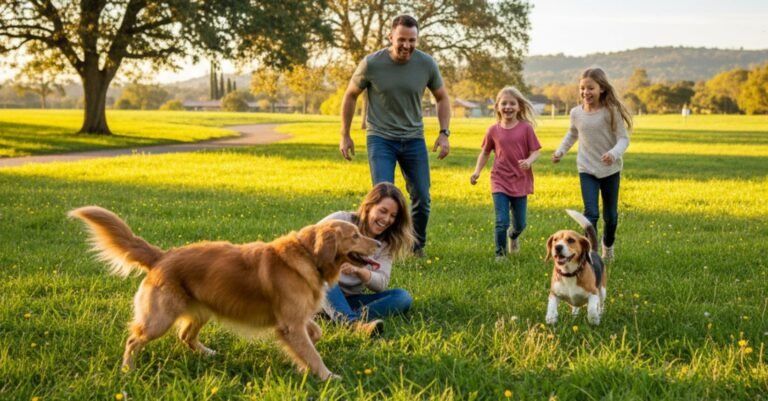
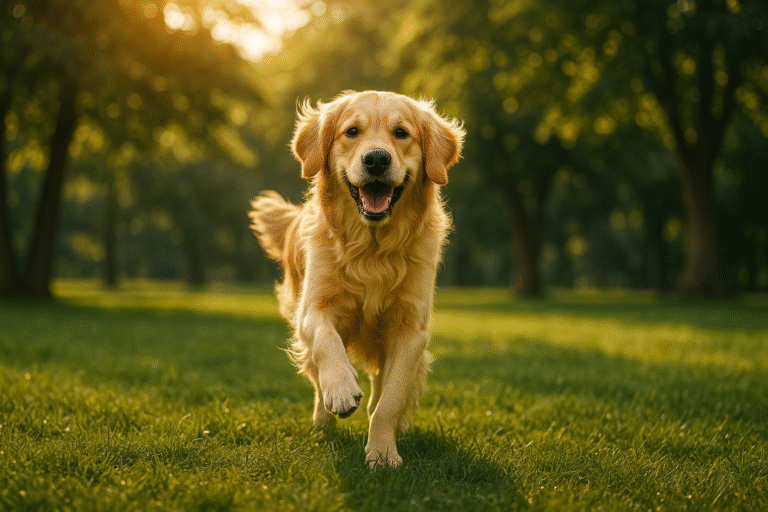
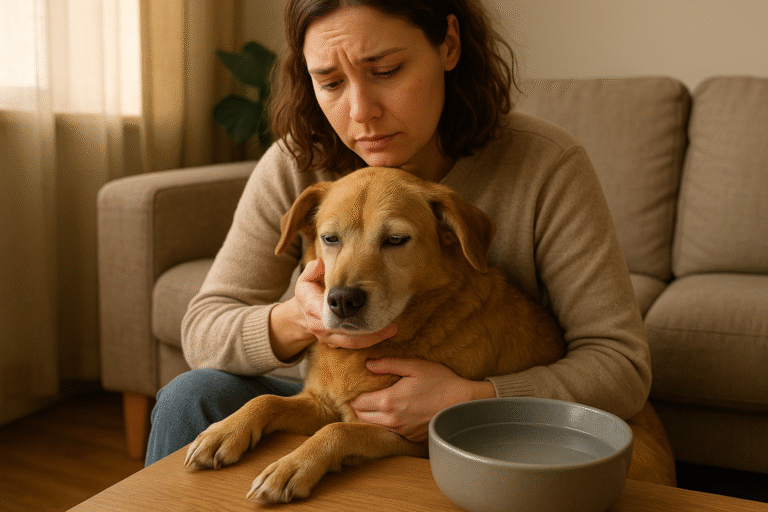



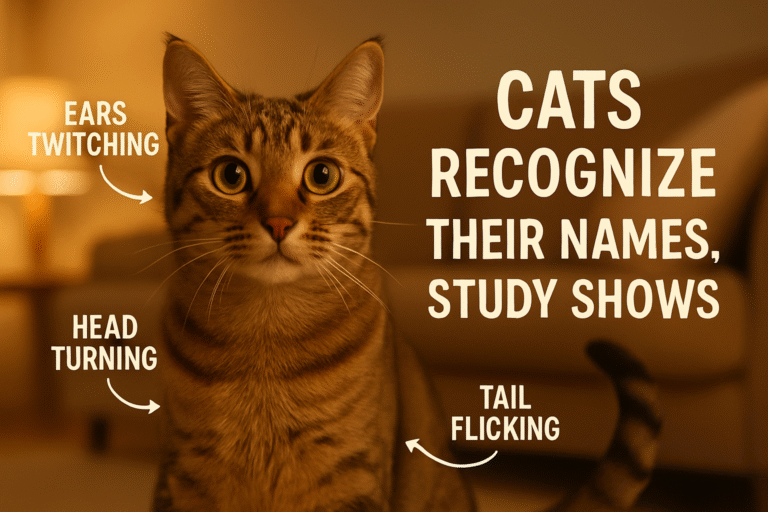


Related Topics
Copyright © 2025 The Pet Blog – Expert Tips, Care Guides & Fun Facts for Every Pet Lover.

